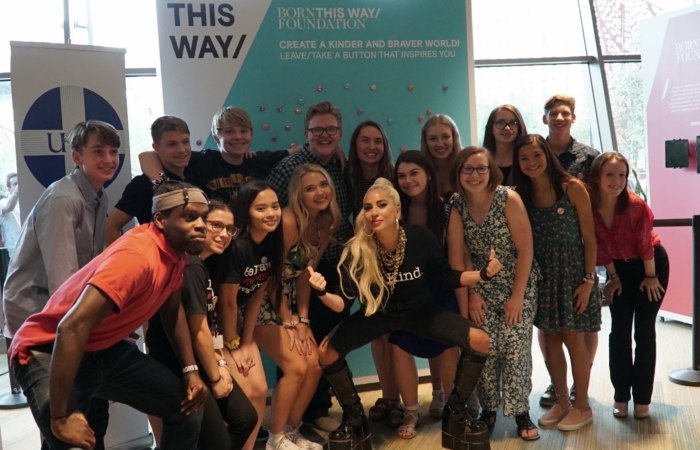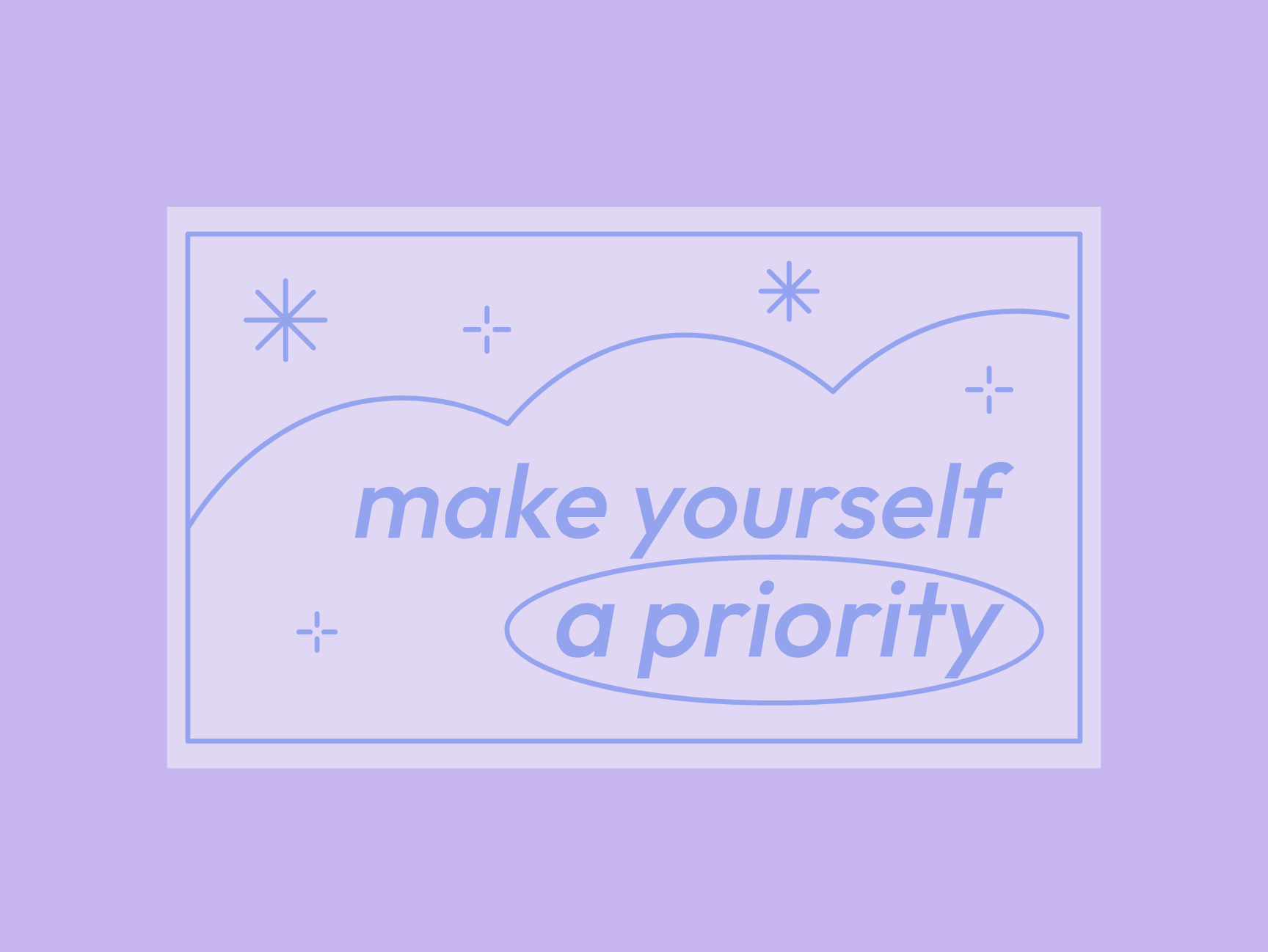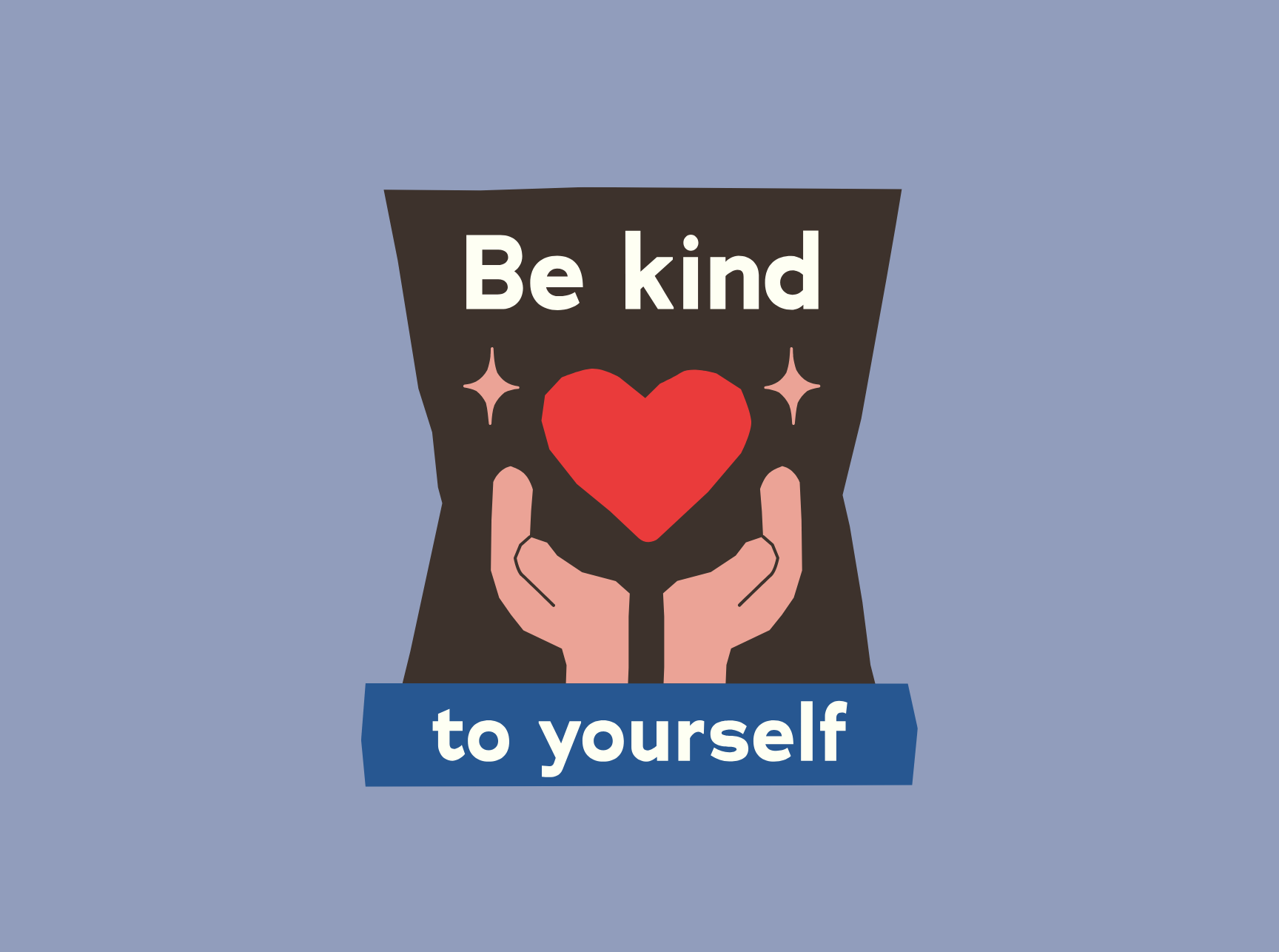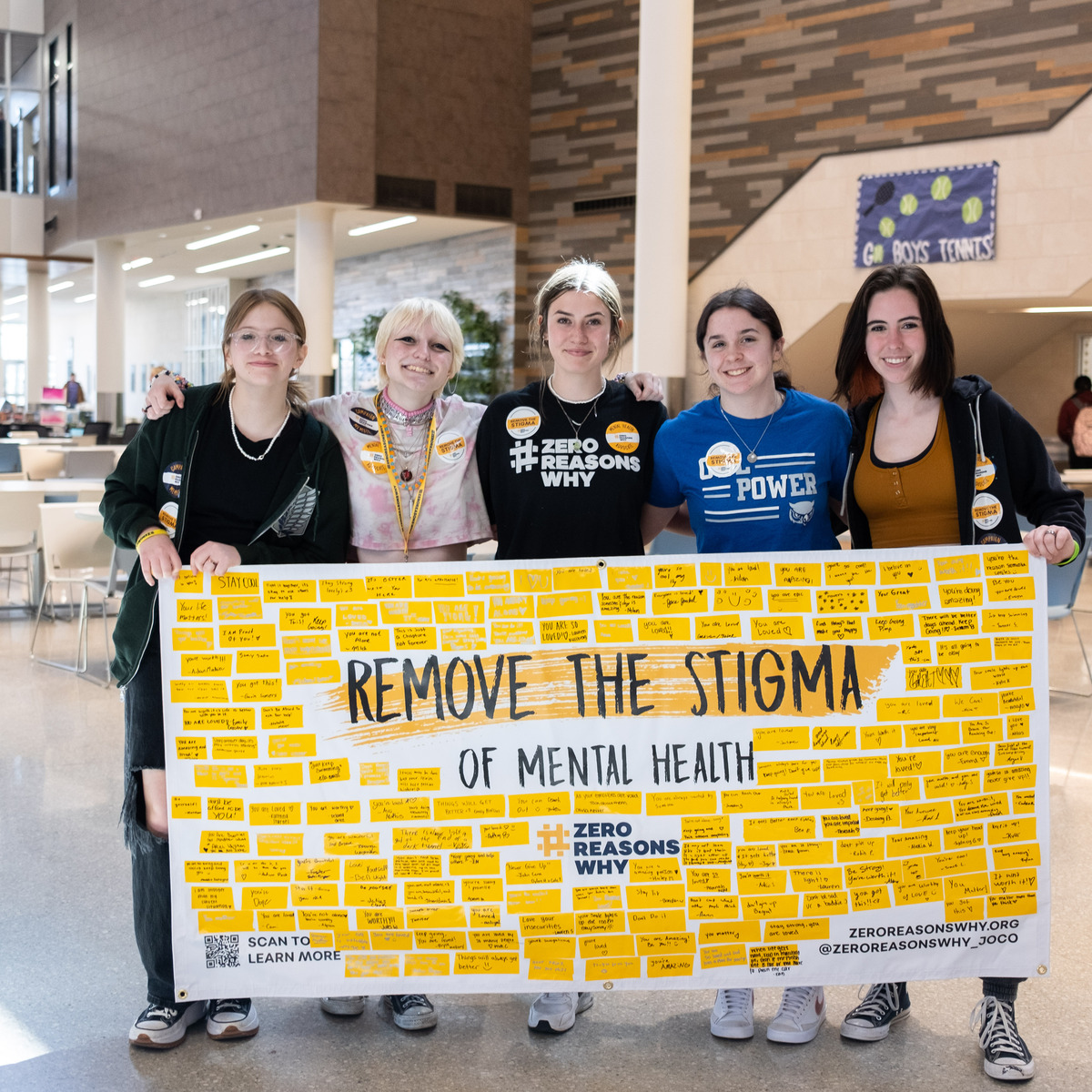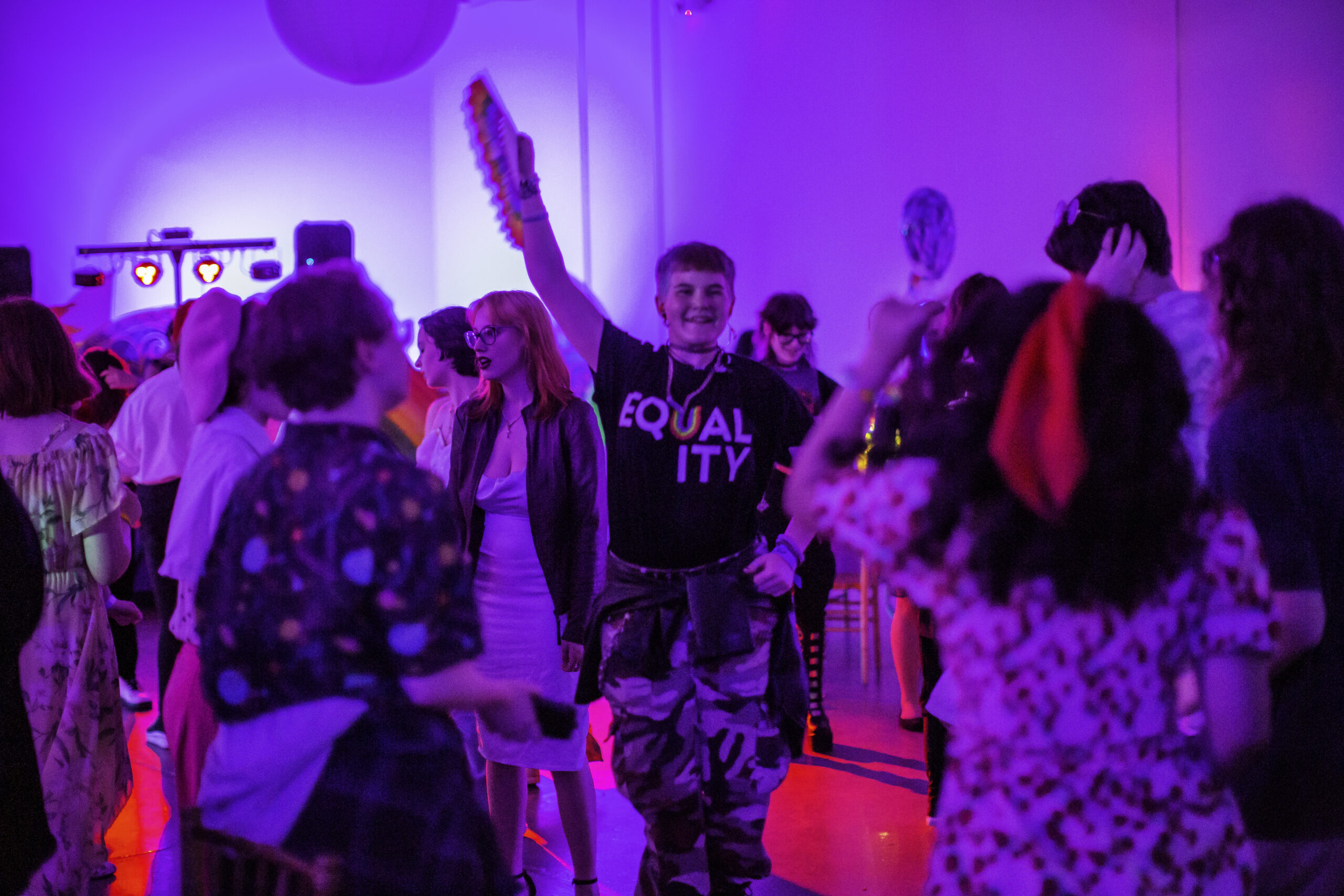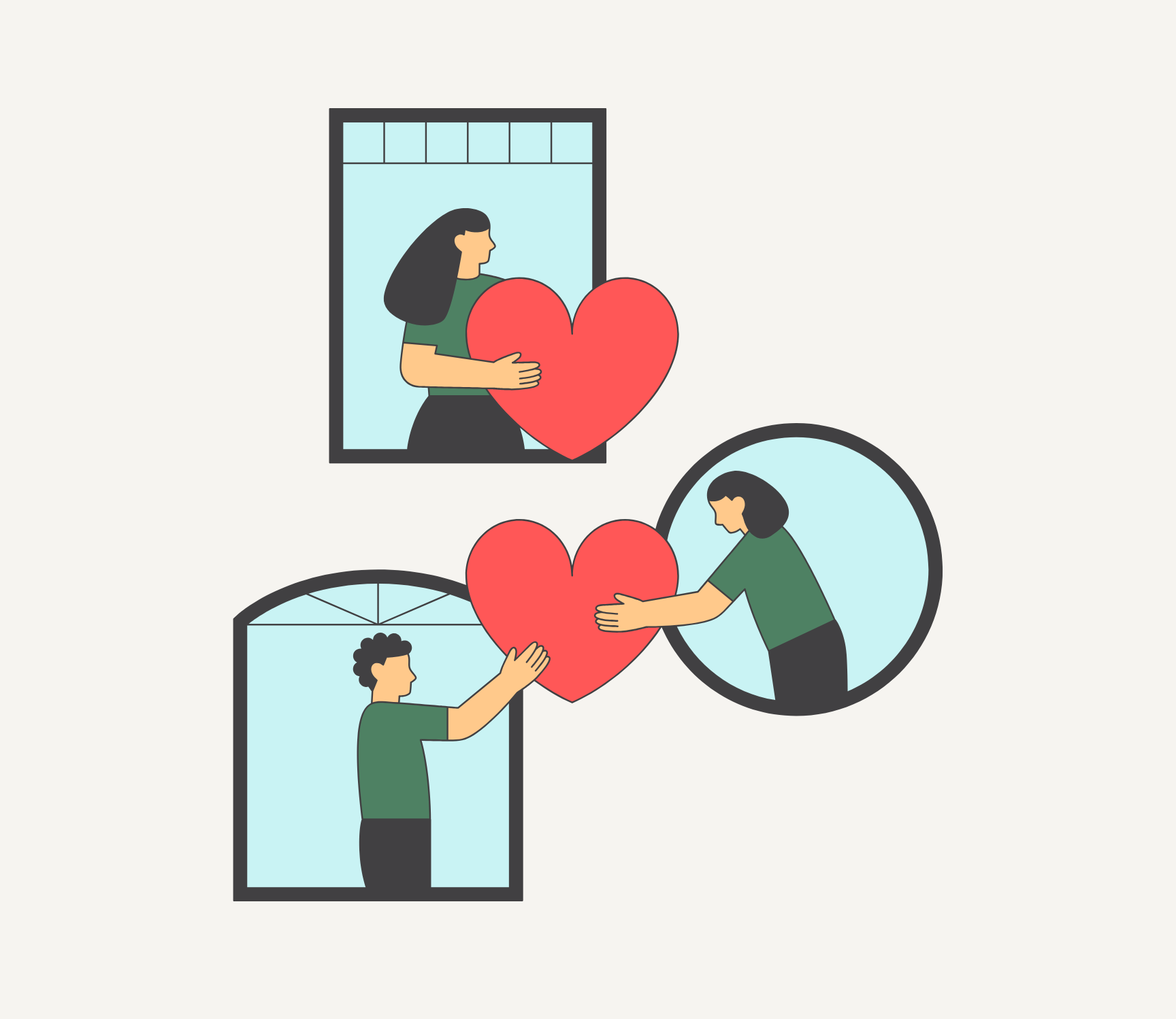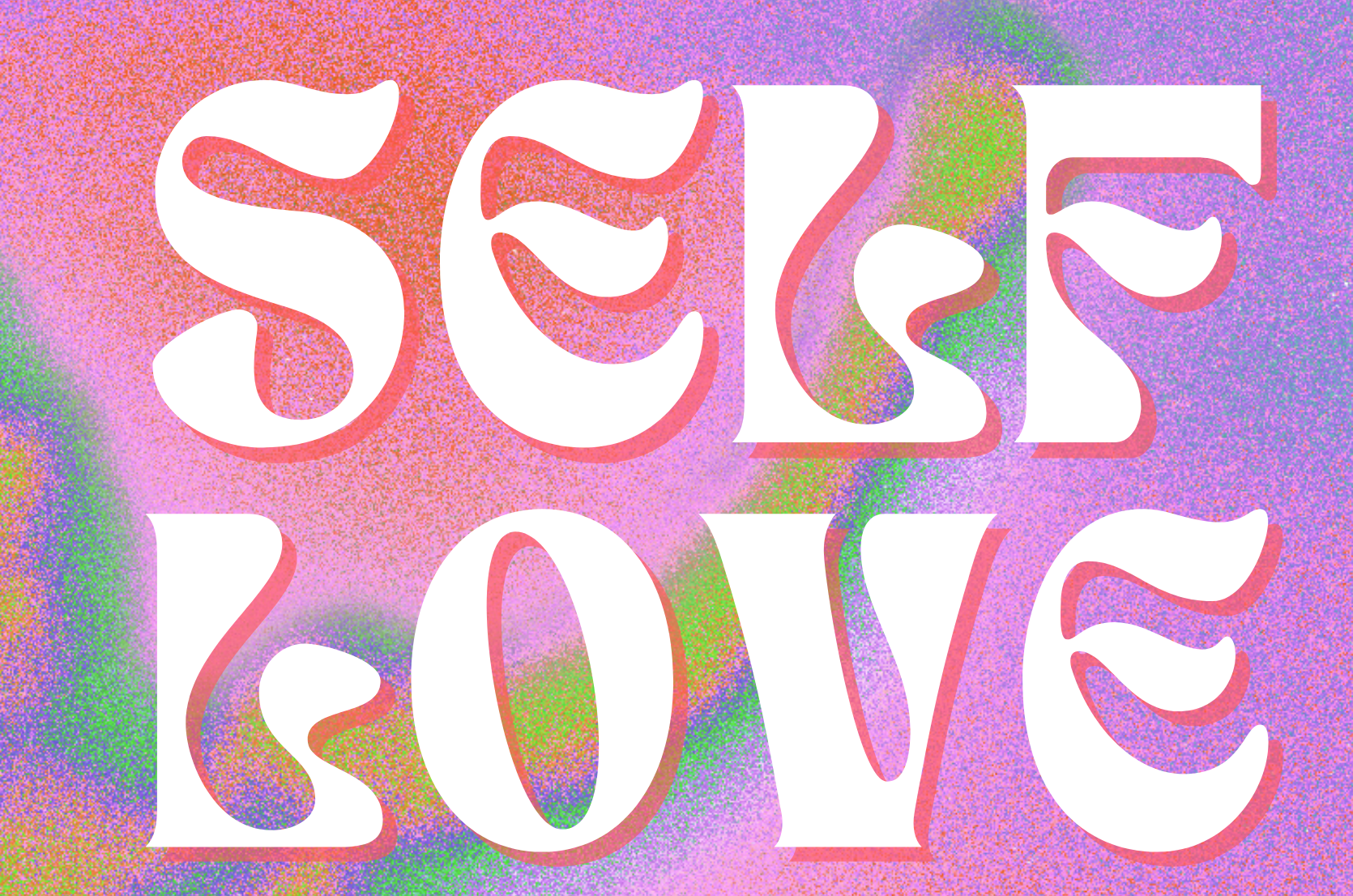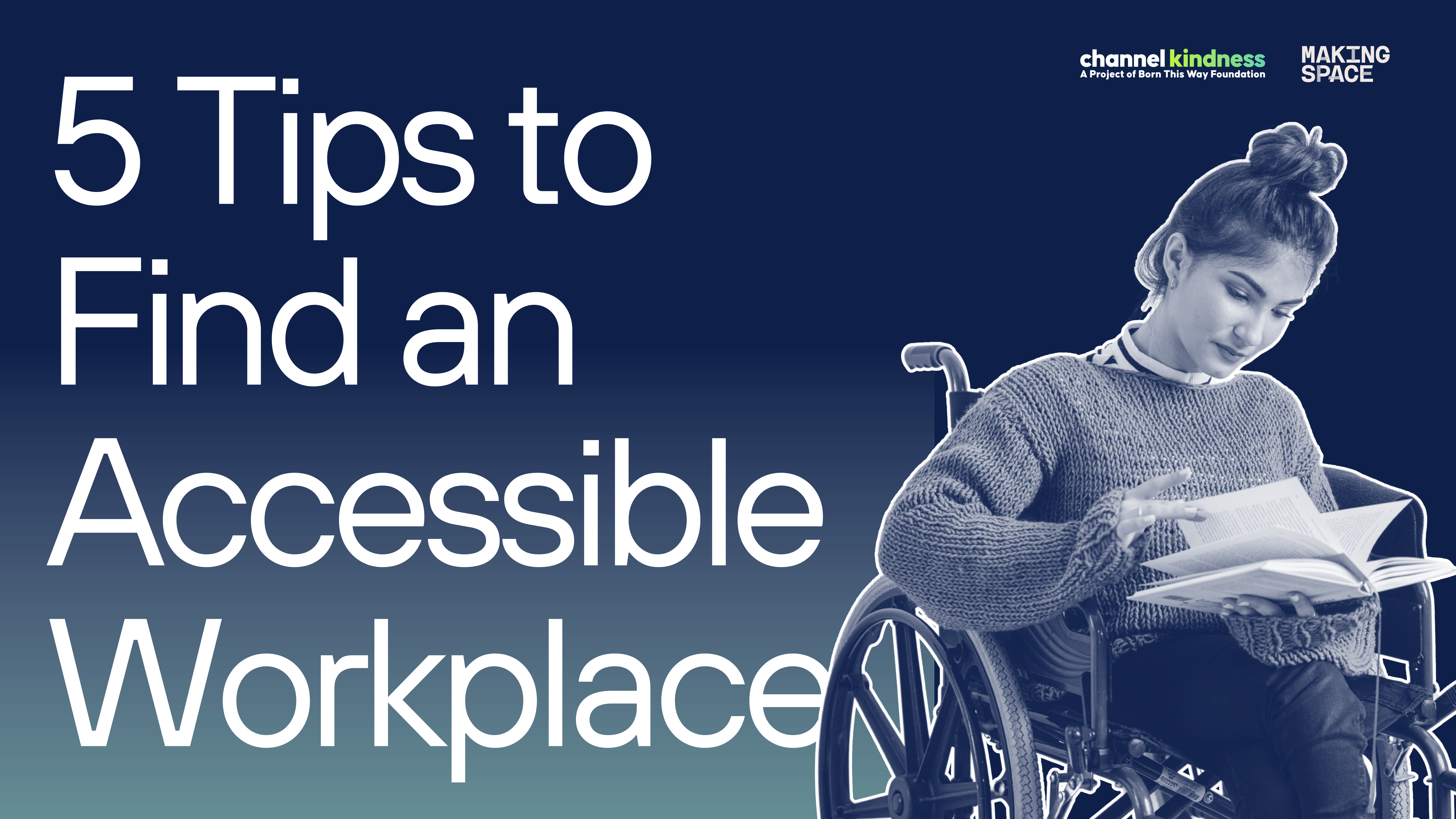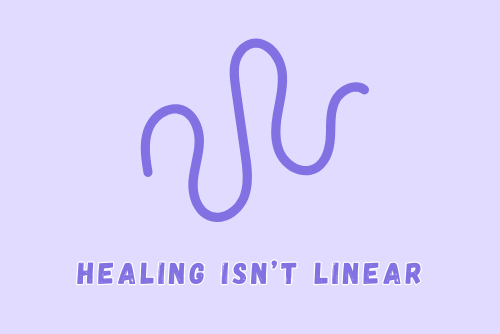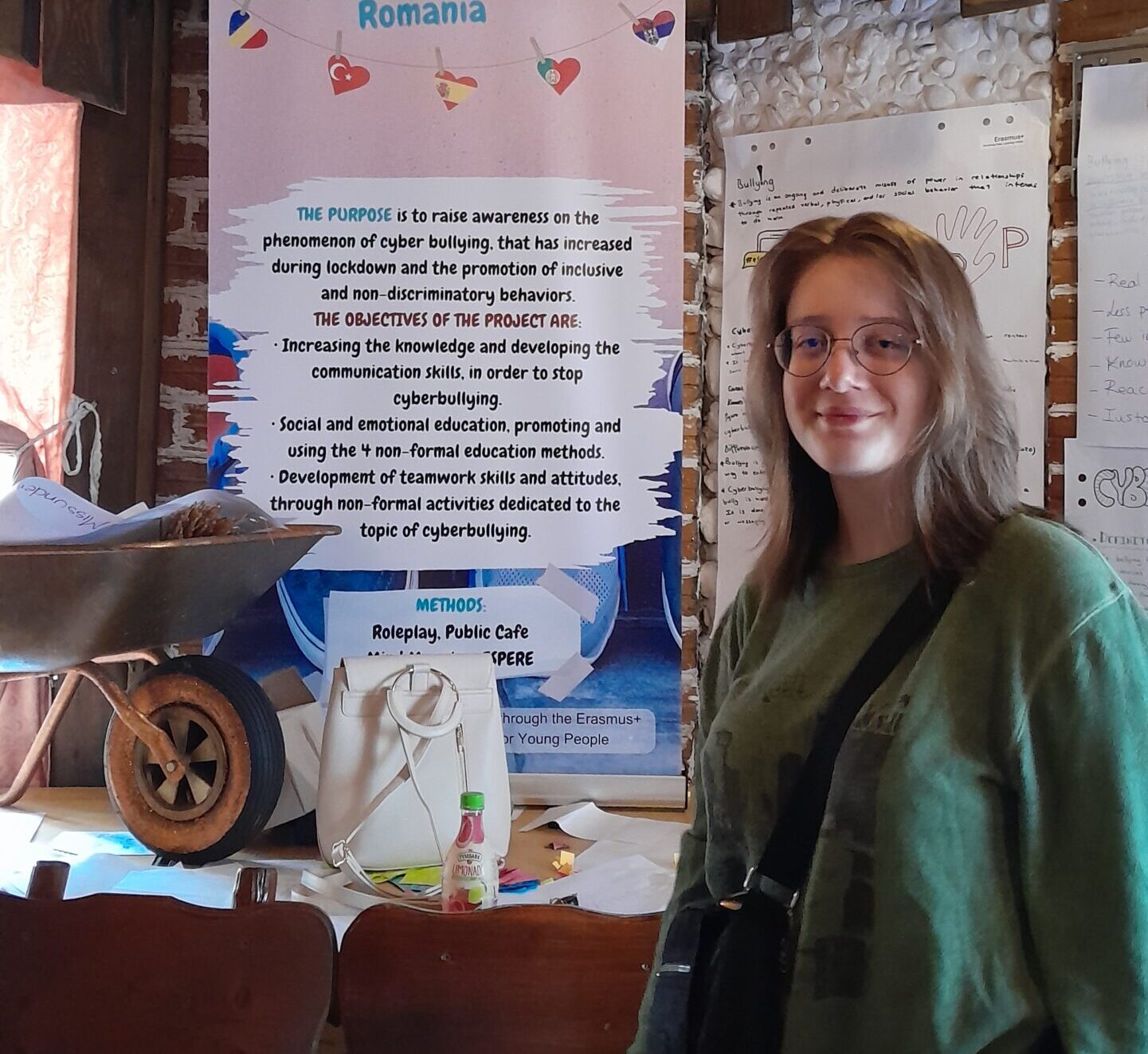Trigger Warning: Today’s story contains descriptions and information about suicidal ideation, which may be triggering to survivors or to the family and/or friends of victims. If you or someone you know is struggling with suicidal thoughts, please seek help. You can call the National Suicide Prevention Lifeline 24-hours a day at 1-800-273-8255 for assistance. For confidentiality, names noted with an asterisk have been changed.
I follow a young nurse at my doctor’s office into the examination room and ask him about the bracelets that he is wearing. He offers me a blank stare at first and then explains that they are in memory of his friend who died by suicide this year. Katie, a high school student, gets ready for bed on a Saturday night and receives a text from a friend saying, “I kinda don’t want to be alive anymore.” At the same time, halfway across the country, high school student Isabella* comes home to a phone call which brings the news that her friend Marquis*, whom she saw this morning, just died. She can’t believe it. She doesn’t believe it. Suicide killed him. Isabella isn’t the only one who got a phone call that night. So did hundreds of friends and family who knew one of the other 89 people killed by suicide in the same hour that Marquis passed. In fact, the World Health Organization estimates that one person dies by suicide every forty seconds. All of these stories have one thing in common: the dark disease of suicide and its impact on people every day.
Dr. Lacey Rosenbaum, Director of Curricula and Research at the National Council for Behavioral Health, said that “rates of teen suicide and depression continue to rise in the United States while we are also encountering an opioid epidemic.”
Every day, teenagers face the grueling hardships of substance abuse and mental health disorders yet have little skills to help themselves and others throughout it. Rosenbaum explained that this is why Lady Gaga’s Born This Way Foundation teamed up with the National Council for Behavioral Health to bring teen Mental Health First Aid (tMHFA) from its home base in Australia to American teens, where we are facing epidemic levels of suicide.
According to Rosenbaum, tMHFA is a program that aims to educate students about “mental illness and addictions, specifically regarding the identification and response to a developing mental health disorder or substance use problem among their peers. Similar to CPR, students learn a 5-step action plan to help their friends who may be facing a mental health crisis.”
Throughout the training, the focus is on teen-to-teen intervention as opposed to adult-to-teen intervention. Rosenbaum pointed out that many students who face a mental health struggle are more likely to confide in a peer before an adult and that can be overwhelming for a teen. With the action plan and other resources that tMHFA provides, students are equipped to give initial support to a friend and get them to the help they need
As one of the students to undergo the tMHFA pilot program, I learned how to talk about mental health. In the training, we learn how stigma prevents those who need help from getting it. This stigma partly comes from the lack of normalcy of the mental health conversation and expressing one’s feelings and emotions. When I have an ache in my shoulder, I feel comfortable sharing that with those around me. I can do this because all my life I have been talking about physical health. But when I am feeling anxious or dejected, I have a much smaller capacity to describe it. Growing up, I was never taught in school what to do when I am overwhelmed by unhealthy thoughts and emotions until I took this training.
In addition to teaching the importance of self-care, its main focus is teaching students how to help peers going through a mental health struggle. As mentioned before, teens are taught a 5-step action plan that they can use when applying their first aid skills, the first of which is to look for the warning signs. Some warning signs include anything that could indicate a change such as a change in diet, a friend won’t talk to them anymore, or they stop doing something they normally love to do. If a student notices a warning sign, they are taught to listen and engage with those who are struggling, and if they’re in need of immediate help, students are trained on how to get the help of an adult.
At the end of the process, teens are encouraged to continue with their regular day-to-day conversations with their friends. Now that I’ve been through the tMHFA training, I understand the importance of discussing my feelings, listening and appropriately responding to my peers’ feelings, and have the confidence to do so.
Students who go through the training also learn the importance of reaching out when they are experiencing their own struggles. After being trained in tMHFA, Katie received a text from her friend who sat next to her during the training. The text read, “I kinda don’t want to be alive anymore.” Katie immediately applied the steps she learned in tMHFA, listened carefully to her friend, and proceeded to report the situation to a trusted adult. With Katie’s support, her classmate is alive today and has been able to get the help he needed. She believes that the training gave her friend the courage to reach out for help, and the sense of urgency and resources to get them the assistance and treatment they so desperately needed.
Rosenbaum mentions that a high priority of tMHFA is to “empower students to take an active role in addressing the many public health crises” regarding teen mental health. The tMHFA training manual reports that one in five youth have a mental health or substance abuse problem while one in four youth will experience at least one traumatic event throughout their adolescence. These numbers show the importance of equipping youth with the knowledge and tools to help each other.
Having experienced many mental health struggles herself, Lady Gaga and her foundation decided to support this movement of youth empowerment and bring tMHFA to the United States this year. Lady Gaga bravely shares her own personal story openly and authentically to create a safe space for all teenagers and individuals to discuss their own battles. She uses her platform and success to respond to this growing problem of teen suicide.
At one of her Enigma concerts in Las Vegas, Lady Gaga brought 16 students trained in tMHFA on stage with her. Standing with the students, she proudly stated that at one of the pilot programs, eight students had been saved from suicide, and announced to the crowd, “That might sound like a small number. But one’s too many for me.” Lady Gaga will continue to offer hope to American teens by bringing the training from eight to twenty more high schools this year. It is anticipated that it will be offered nationally by the school year 2020-2021.
For more information about tMHFA, visit https://www.mentalhealthfirstaid.org/population-focused-modules/teens.










